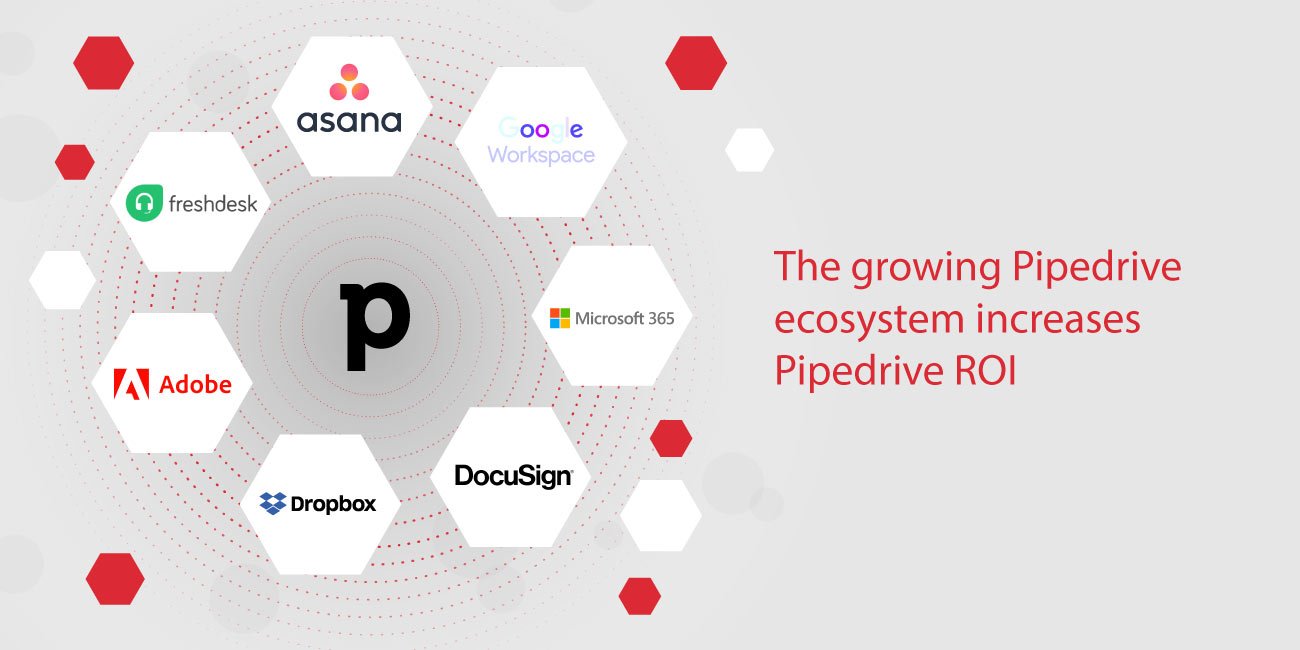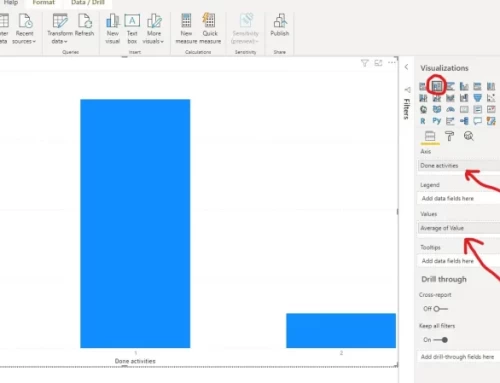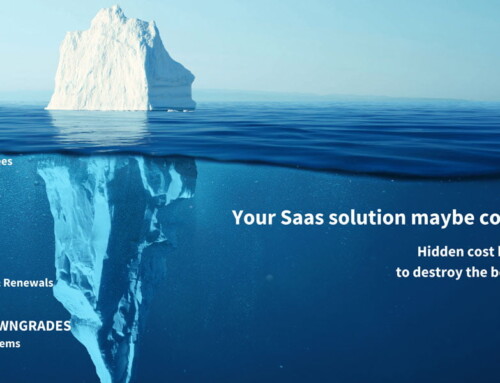“No man is an island entire of itself; every man is a piece of the continent, a part of the main; if a clod be washed away by the sea, Europe is the less, as well as if a promontory were…; any man’s death diminishes me, because I am involved in mankind. And therefore never send to know for whom the bell tolls; it tolls for thee.”
Devotions upon Emergent Occasions; John Donne; 1624
Software Ecosystems Drive Value and ROI
An ecosystem is defined as “consisting of all the organisms and the physical environment with which they interact.” This is the definition of a natural ecosystem, of course, like a rainforest, body of water or desert, but the term ecosystem has been applied to a variety of other areas where a collection of parts work together as a whole. According to the book “Software Ecosystem: Understanding an Indispensable Technology and Industry” by David Messerschmitt, an engineering and computer science professor at UC Berkeley, a “software ecosystem” is defined as “a set of businesses functioning as a unit and interacting with a shared market for software and services, together with relationships among them. These relationships are frequently underpinned by a common technological platform and operate through the exchange of information, resources, and artifacts.”
Think of any successful software company, platform or product, for instance, Microsoft, Salesforce, DocuSign, Adobe, Pipedrive, etc., and along with the core platform/product, you will find a collection of other companies offering add-on products, integrations and related services, support and expertise. The power of the ecosystem grows exponentially, as more and more companies add value to the core platform, the more attractive it becomes, thereby attracting more ecosystem members, etc. etc. Once it achieves scale, this not only continues to add increasing value to the core platform, it becomes a huge barrier to entry for competition.
Most importantly though, before the ecosystem achieves scale, its appeal and growth must be rooted in actual value that it adds. In other words, the ecosystem becomes large because it adds value, rather than it adds value because it’s large.
Market research from the perspective of the core business platform, for example, Pipedrive or Salesforce, indicates using just one additional complementary product results in customers that are more effective and productive, and as a result, grow faster and churn less. Churn being the term subscription-driven businesses use to refer to customers that discontinue their subscription.
Think about it, even if you only use your email and calendar, e.g., Office 365 and Google Workspace, in an integrated manner with your CRM, you will be more efficient and consistent in communicating and following up. For instance, when you set a follow-up task in your CRM to call a prospect back at a future date, the task with a reminder automatically shows up on your calendar. You will also have a richer record to track and understand when things are working and when they aren’t, and most importantly, what attributes and behaviors characterize successful activity as compared to less successful. When you include an online meeting platform, such as Microsoft Teams, Google Meet and Zoom, an outbound calling solution, such as AirCall, and/or a marketing automation solution, such as Outfunnel, in the mix, a real machine starts to develop.
Using multiple products together this way, even if only in a very simple manner, is more sophisticated usage. It implies that more thought and planning has gone into the way you use a given solution. And sophisticated need not be more complex, it’s just more efficient and productive, utilizing technology to work smarter, not harder. This is a core dynamic that underlies the benefits of the ecosystem: : more thought and planning go into how the core solution is used. Think of it as more deliberately taking aim, and we all know that you have a much better chance of hitting the target when you aim before you fire.
One Complementary Solution Makes a Difference
As in the previous example of using your email system in an integrated way with your CRM, start simple: review which key solutions your company uses that are not being used in an integrated manner with your CRM. If there aren’t any, there is some obvious low-hanging fruit.
The Pipedrive Ecosystem and Marketplace
Since this article is primarily aimed at a Pipedrive audience, get familiar with the Pipedrive Marketplace. There are literally hundreds of solutions that have integrations with Pipedrive, from the basic office automation tools, such as Office 365 and Google Workspace, to a wide variety of others, including email marketing and marketing automation, lead generation, task management, and many more.
SaaShop
I work for SaaShop, an online marketplace where small to medium-size companies can get all their subscription software from one place.
If you are using more than one subscription software application, and data shows that even small companies can be using more than a dozen, SaaShop can make your life easier. SaaShop makes its money from software developers by acting as a reseller; You pay the same, or less, for a more efficient and effective way to purchase and manage your subscription software.
Pipedrive and SaaShop are strategic partners, and SaaShop was recently named a partner of the year. We use Pipedrive ourselves, so we know it well and believe in it.
We also strive to not only assist our Pipedrive customers with identifying, choosing, purchasing and managing subscription software that supports their use of Pipedrive, we have established relationships with other Pipedrive partners that add value to customers with implementation services and support, and often, deep expertise in vertical industries and business processes. When you buy products from SaaShop we not only simplify the purchasing and management of your subscription software, we also support you directly and in combination with a group of expert partners that provide services, support and expertise.
Conclusion and an Ongoing Dialog
Thanks for reading, and I hope this article piques your interest to begin exploring the Pipedrive ecosystem and marketplace if you haven’t already. Keep an eye out for future articles as we take a closer look at key solutions in the Pipedrive ecosystem and how they are used with Pipedrive and add value to your sales process.

By Greg Milliken, President, SaaShop, Inc.












